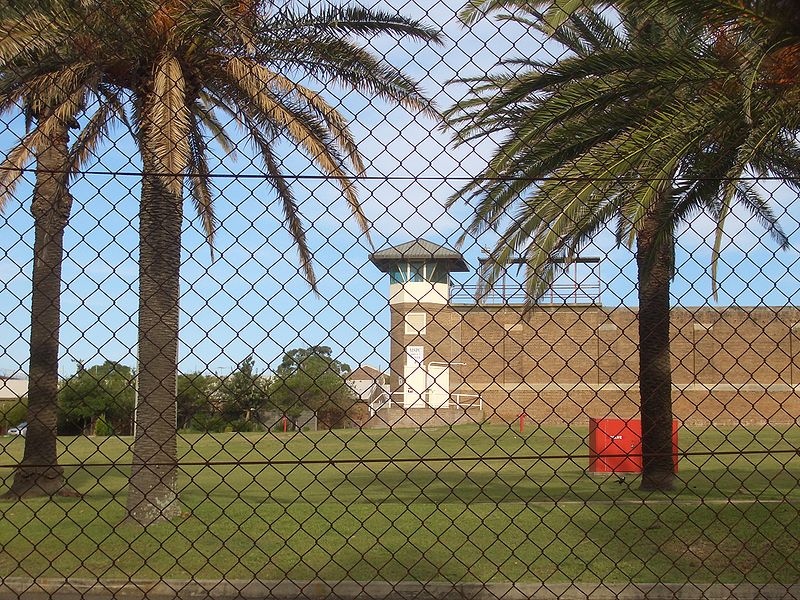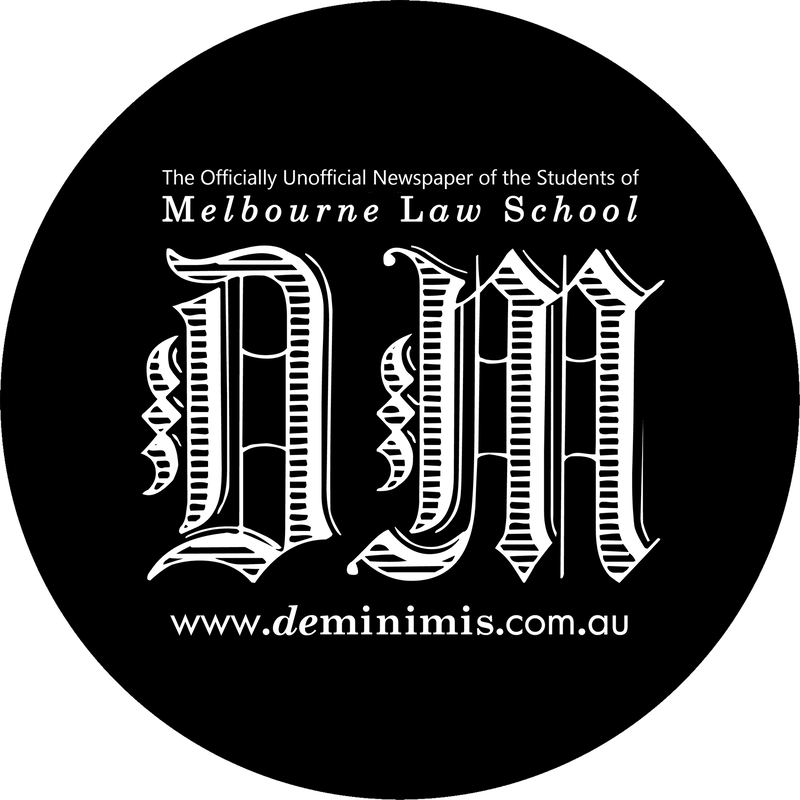|
Issue 1, Volume 17 JAMES SUTHERLAND Content Warning: this article discusses the sexual assault of a child. On February 12, a precedent-setting sentencing judgment was handed down in the New South Wales District Court. Anthony Sampieri, who had been convicted of the offence of sexual intercourse with a child under 10, was sentenced to life imprisonment without parole by Acting Judge Paul Conlon. This sentence is notable for a number of reasons. For starters, Sampieri is the first child sex offender (sentenced for a non-homicide offence) to be handed a life sentence in New South Wales. Secondly, the judge in this case declined to set the prisoner a non-parole period, meaning that Sampieri is certain to die behind bars. To put this in perspective, in Victoria, most murderers who are sentenced to life imprisonment are set a non-parole period. For instance, Jaymes Todd, convicted of the brutal rape and murder of Eurydice Dixon, received a non-parole period of 35 years.
Finally, this case stood out because of the large number of extremely heinous aggravating factors that were present. The sentencing judge described the ordeal that the victim- a seven-year-old girl- endured was described as ‘every parent’s worst nightmare’. Many of the details of the offending were too gruesome for the media to report on, although it is known that he punched, bound and choked the girl for over an hour during the attack. Additionally, when two men intervened to save the girl upon walking in on the attack, Sampieri slashed them with a knife and threatened to kill the girl. And, as if all that wasn’t enough, the offender was also on parole at the time of the attack for the horrific rape of an elderly woman in 2013. Perhaps in light of such shocking details, this sentence should not come as a surprise. Yet it is nevertheless ground-breaking in the precedent that it sets. For an offender to plead guilty to a non-homicide offence yet still receive a sentence of life without parole- the harshest sanction available under the criminal law since the abolition of capital punishment- is almost unheard of. The reforms to NSW sentencing law in 2015, which increased the maximum sentence for the offence of sexual intercourse with a child under 10 from 25 years to life imprisonment, certainly better reflects community expectations in grave cases like this one. Sampieri is and always will remain a danger to the safety of some of the most vulnerable members of the community, but it is at least a consolation that he will never be released from prison. These reforms are also important as the maximum penalty for an offence is one of a myriad of factors that judges take into account when sentencing an offender. When parliament raises the maximum sentence for an offence, it signals to judges that the community views a particular offence as more serious and deserving of sterner punishment. Indeed, the Royal Commission into Institutional Responses to Child Sexual Abuse, which heard months of harrowing testimony from abuse survivors, struck a nerve with the community. There can be no doubt that the sexual assault of a child is broadly viewed by society as one of the most serious criminal offences on the books. Against this backdrop, it therefore seems incongruous that in Victoria, the maximum sentence for commercial drug trafficking (life imprisonment) is greater than for that of the sexual penetration of a child aged under 12 (25 years’ imprisonment). The Victorian parliament should rectify this by amending the Sentencing Act 1991 to raise the maximum penalty for the sexual penetration of a child aged under 12 to life imprisonment, bringing it into line with the other ‘level 1’ offences of murder and commercial drug trafficking. The case of Anthony Sampieri has sadly demonstrated that there are some instances of child sexual abuse so grave and abhorrent, where the offender has no realistic prospect of rehabilitation, that the ultimate penalty of life imprisonment is appropriate. James Sutherland is a second year JD student. Comments are closed.
|
Archives
October 2022
|



